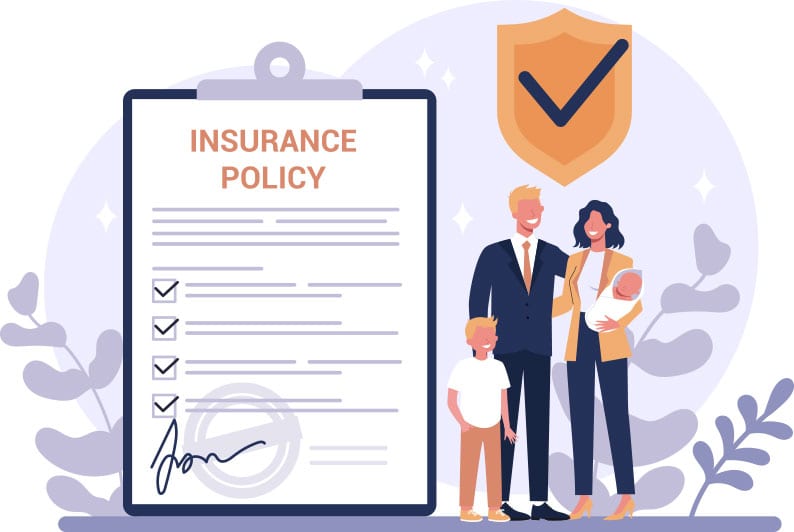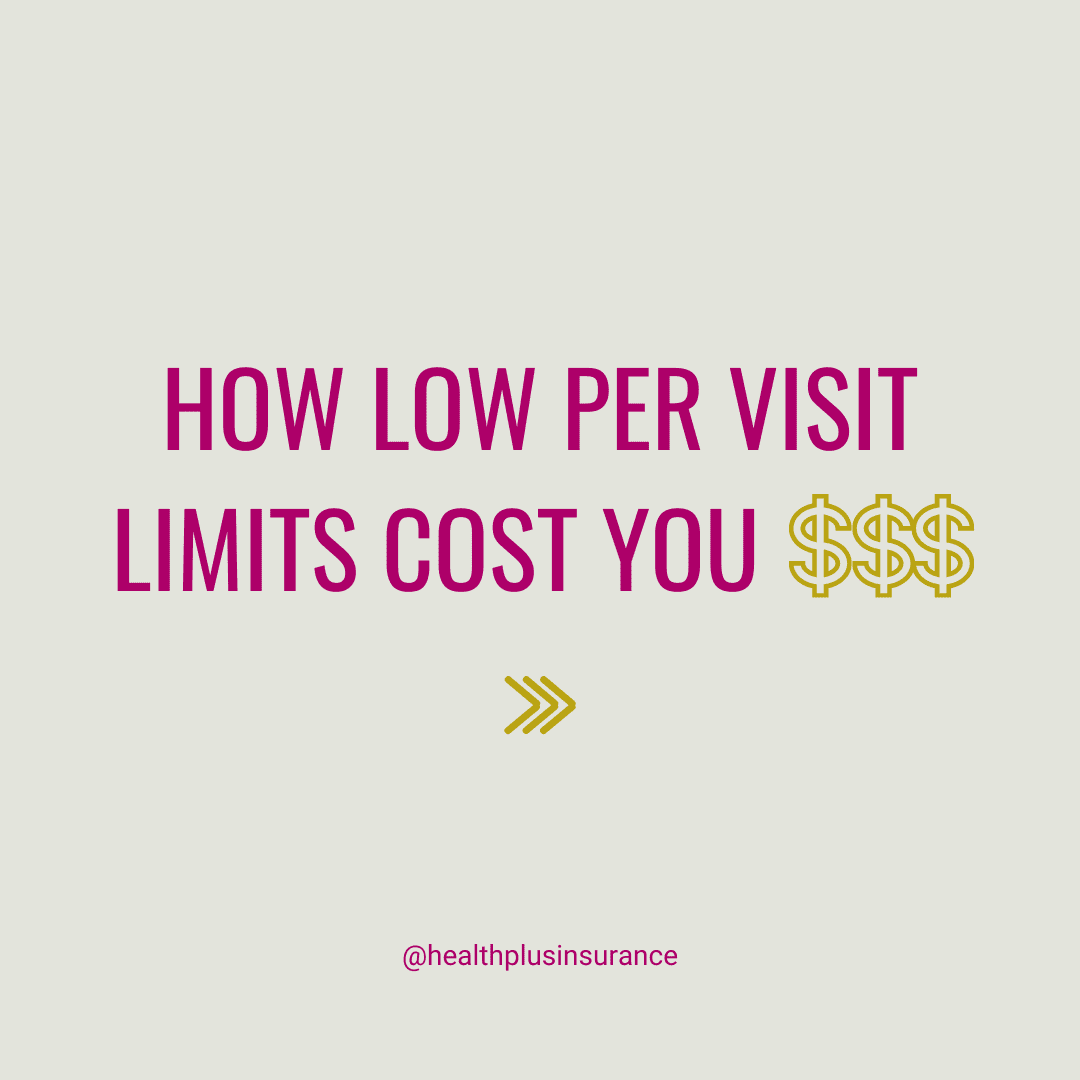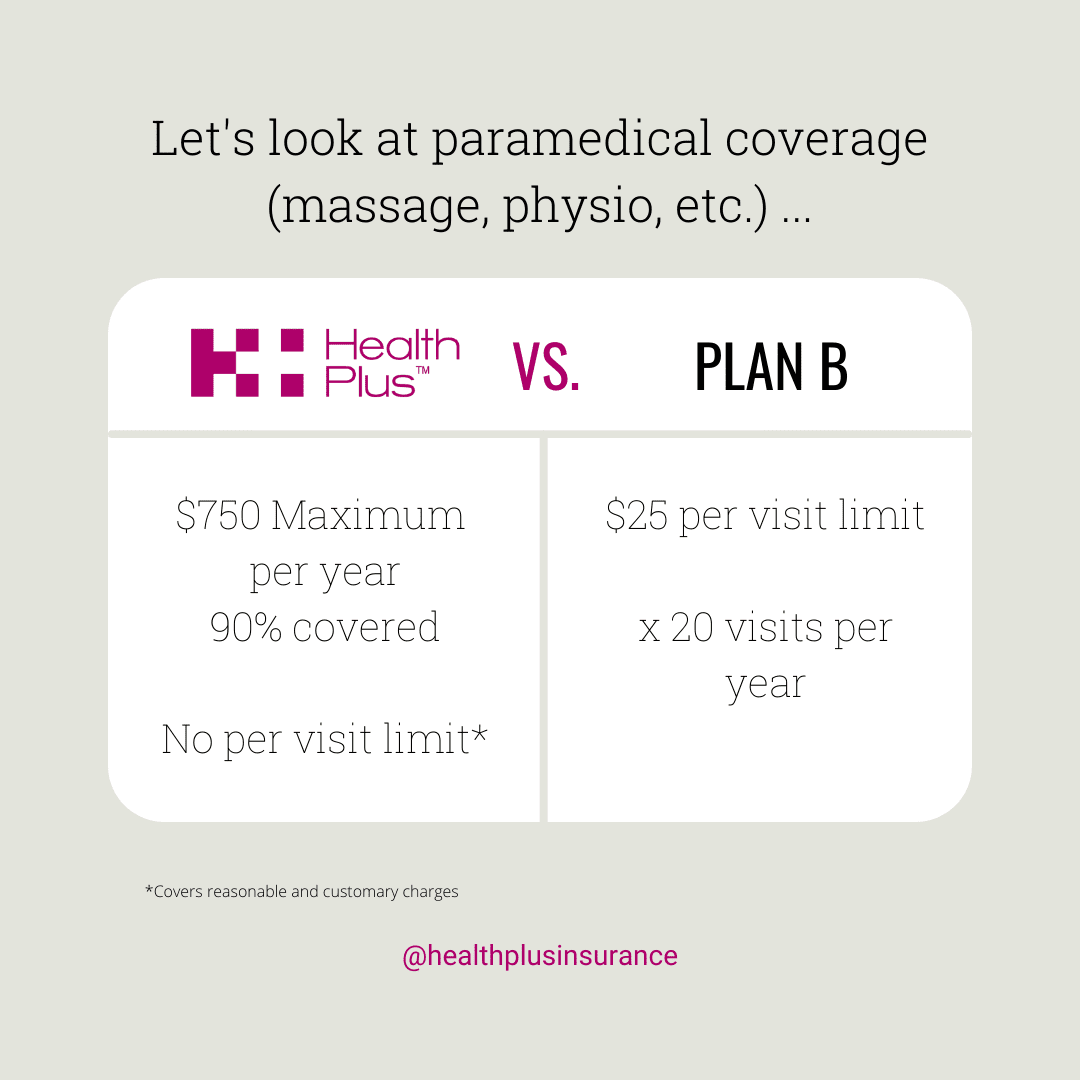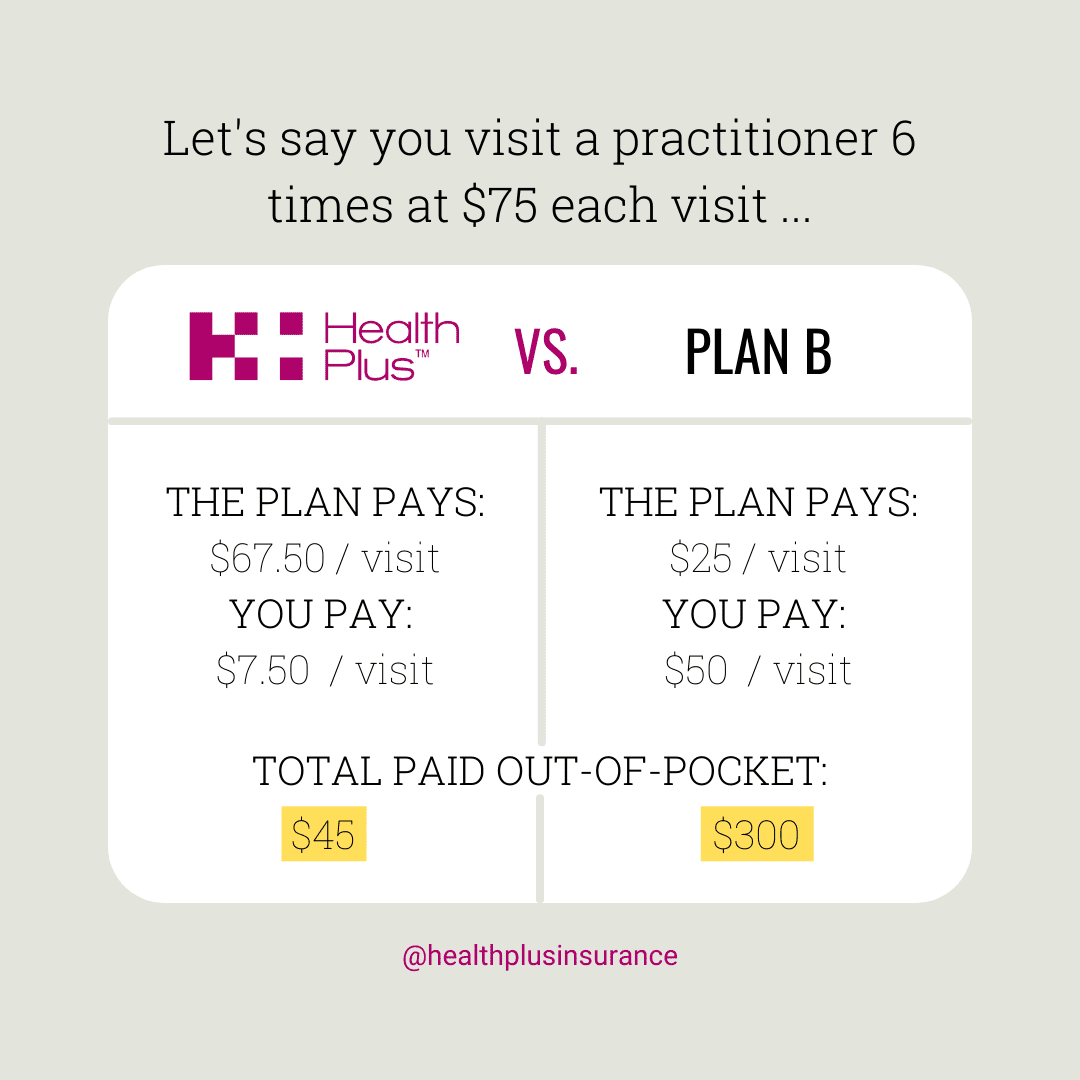
How to make your health insurance dollar go further
How to make your health insurance dollar go further
If the past few months have triggered some serious financial planning, you definitely aren't alone, and you may be considering how your health insurance fits in. You likely purchased your health insurance plan to help pay for routine expenses and protect you and your family should the worst happen. But what about in times of financial hardship or other challenges? Can your health benefit plan actually help rather than become a stressful expense? We would argue the answer is a definite yes. A good plan should provide resources to help you through a difficult period and a good advisor should work with you to find a plan that is right for your budget. Here are some tips to make sure you're getting the best value out of your health insurance plan.
1. Make sure you aren't overpaying.
We would never advise cancelling your plan outright if you can avoid it, particularly in times when you might need access to your emergency savings. But that doesn't mean you can't save money on premiums. Making sure you have the best value plan for your budget is important. Many of us are guilty of shopping on name recognition alone, and while a reputable company is important, big ad budgets rarely equal best value. And choosing a plan simply because it's convenient may cost you a lot over time. Talk to an experienced advisor about the plan options available to you and potential savings. A plan specifically designed for your situation, whether you run your own business or work on contract will offer best value.
2. Use the Wellness Resources in your plan
More plans today are including wellness benefits. These resources are meant to help you through life's challenges. Check whether your plan includes an EAP (Employee Assistance Plan) or similar program. Plans vary (view Health Plus Wellness Resources here) but often include completely free, confidential and professional counselling. In addition to mental health resources, your plan may include virtual financial coaching or guides, relationship advice, physical health, fitness and nutrition advice. Taking good care of yourself is essential when dealing with stress and times of change.
3. Help your business thrive
If you provide employee benefits, it's a natural place to consider cutback in rough times. But your people are relying on you now more than ever to feel supported. In turn, they will work harder for you. Research shows that investing in workplace benefits leads to increased productivity and employee engagement.
If you are self-employed or just starting to build a business, the same or comparable program that provides wellness benefits often provides targeted business advice and resources to help your business succeed. A tool such as the Custom HR Advice that comes with Health Plus plans is an example.
4. Think Long Term
While it's easy to focus solely on cutting expenses, getting back to work, helping out loved ones, it's important to take care of your health now, mental and physical. Your insurance will help pay for important routine care, such as dental or physiotherapy to keep you healthy. If you're young and in good health, you're likely getting the lowest monthly premiums for your plan. The fact is there are no guarantees you will get the same rates if your reapply in the future or even that you'll qualify if your health changes.
When what you're spending matters more than ever, make sure you're making the most of your health insurance dollar.













